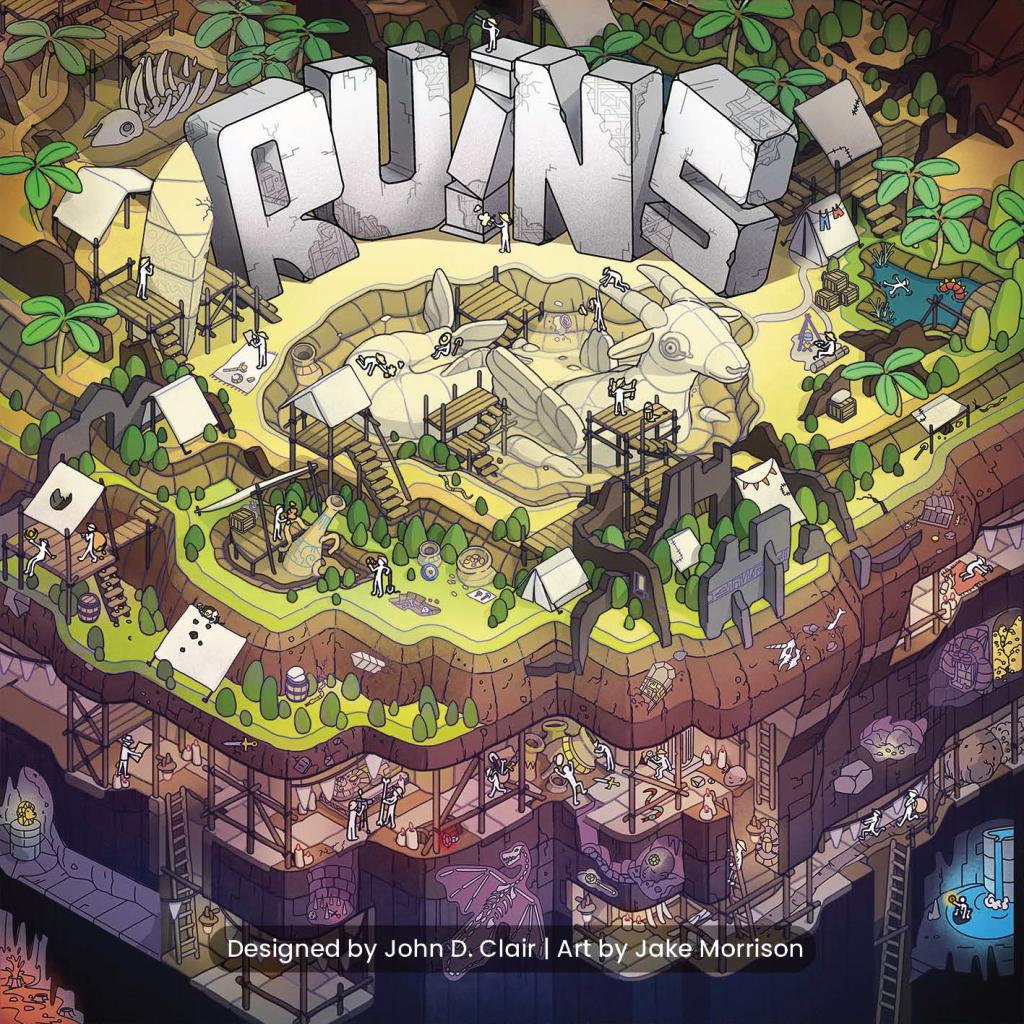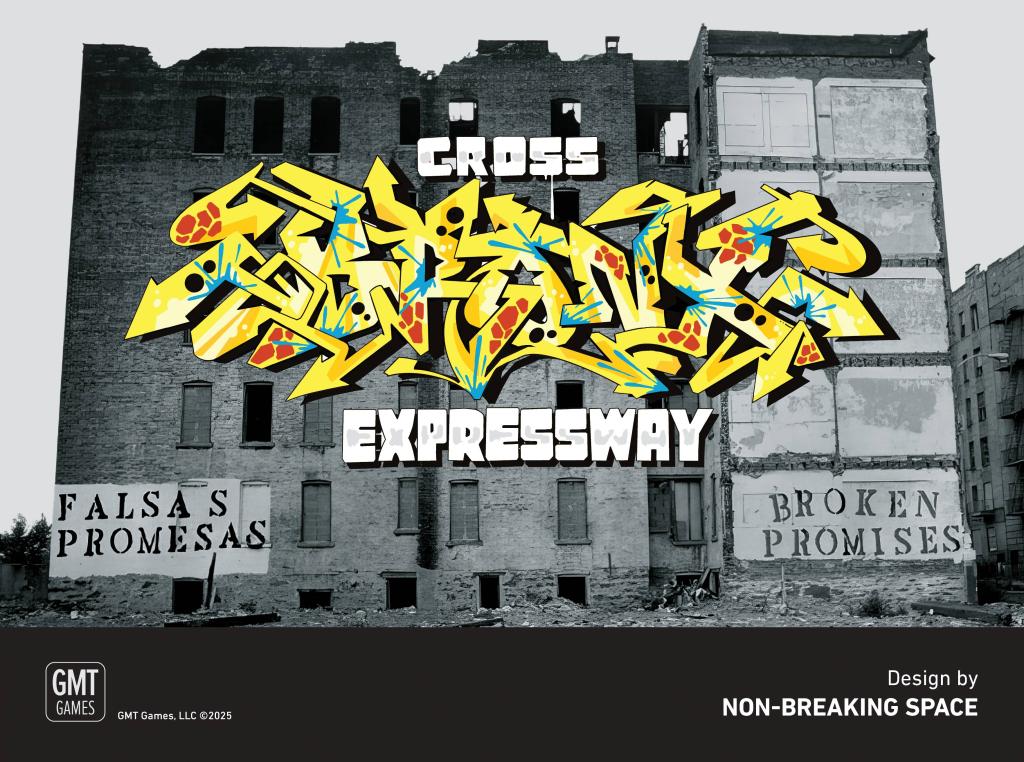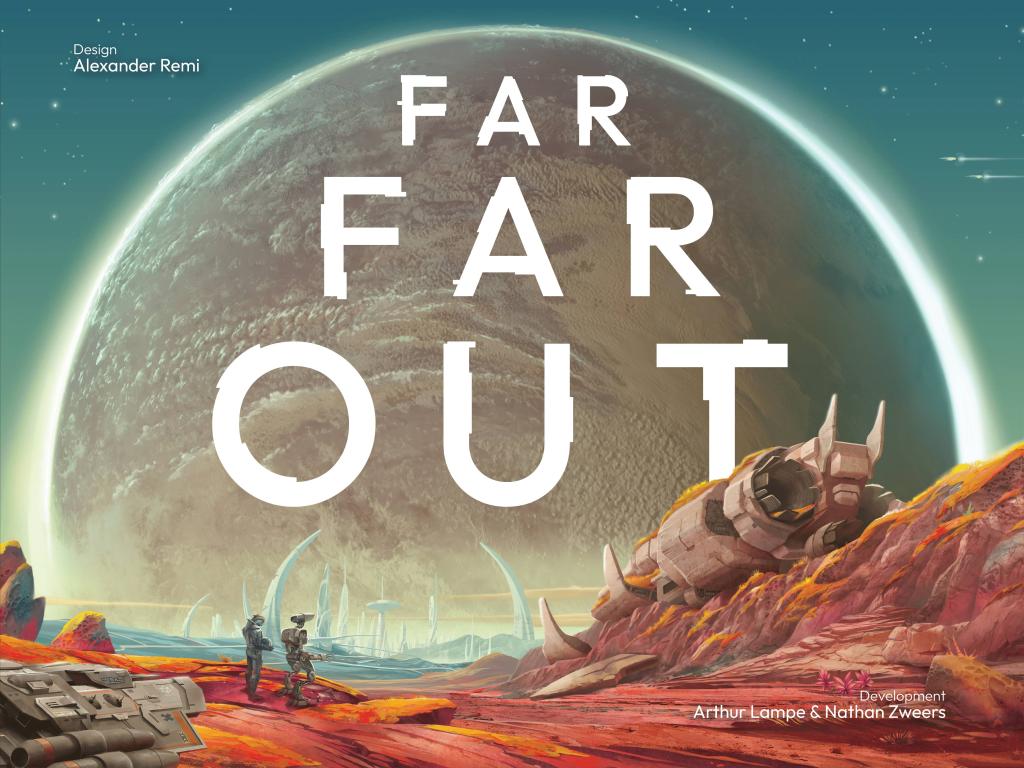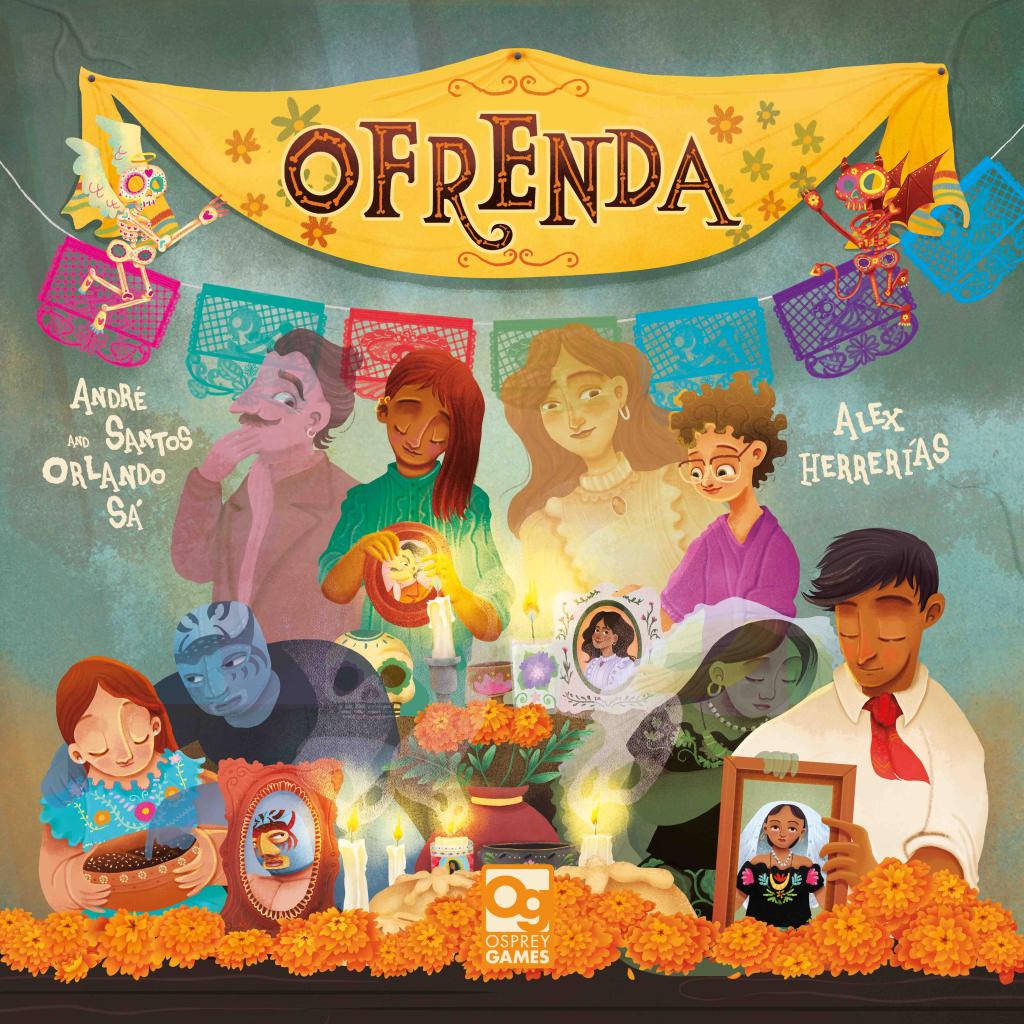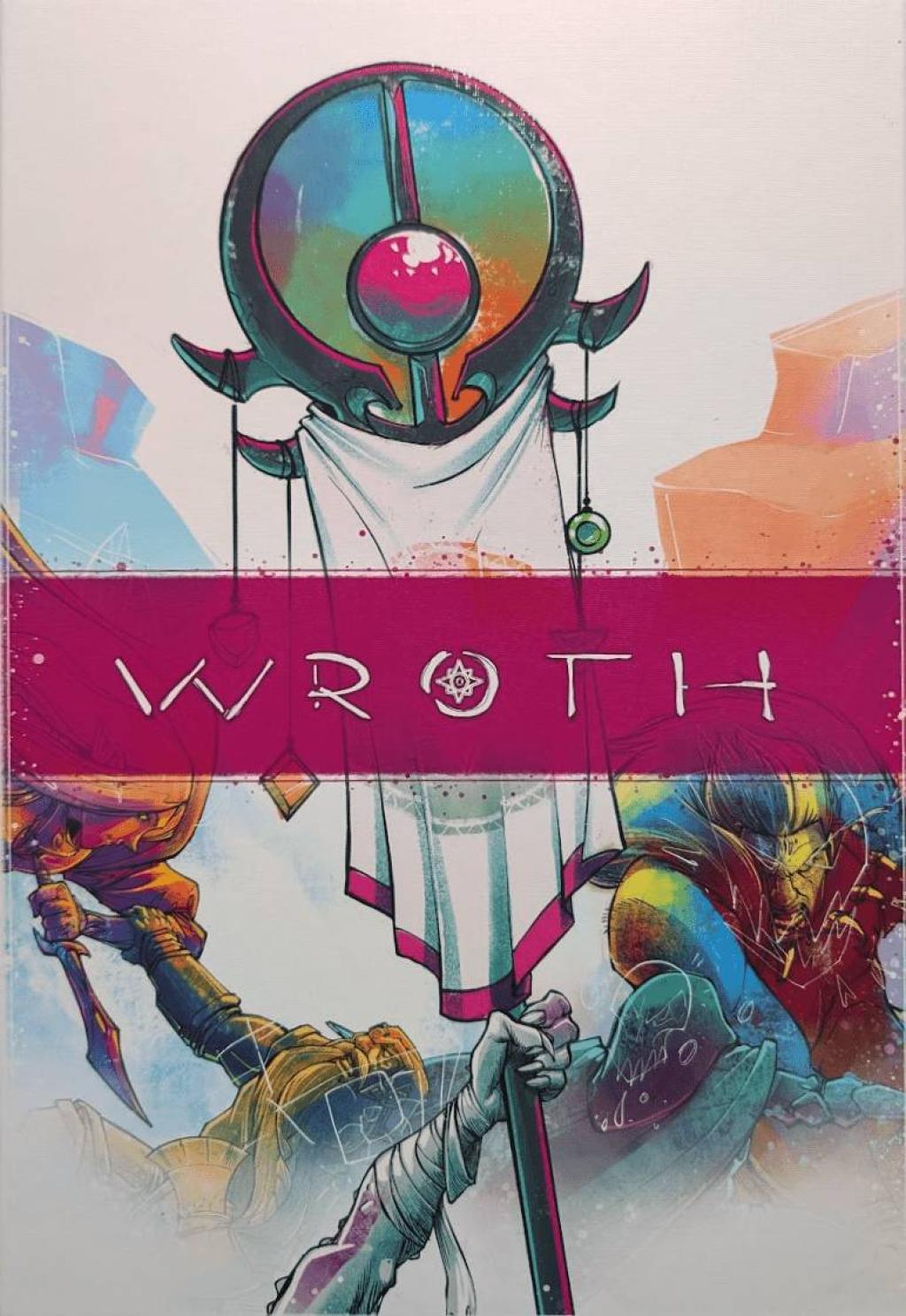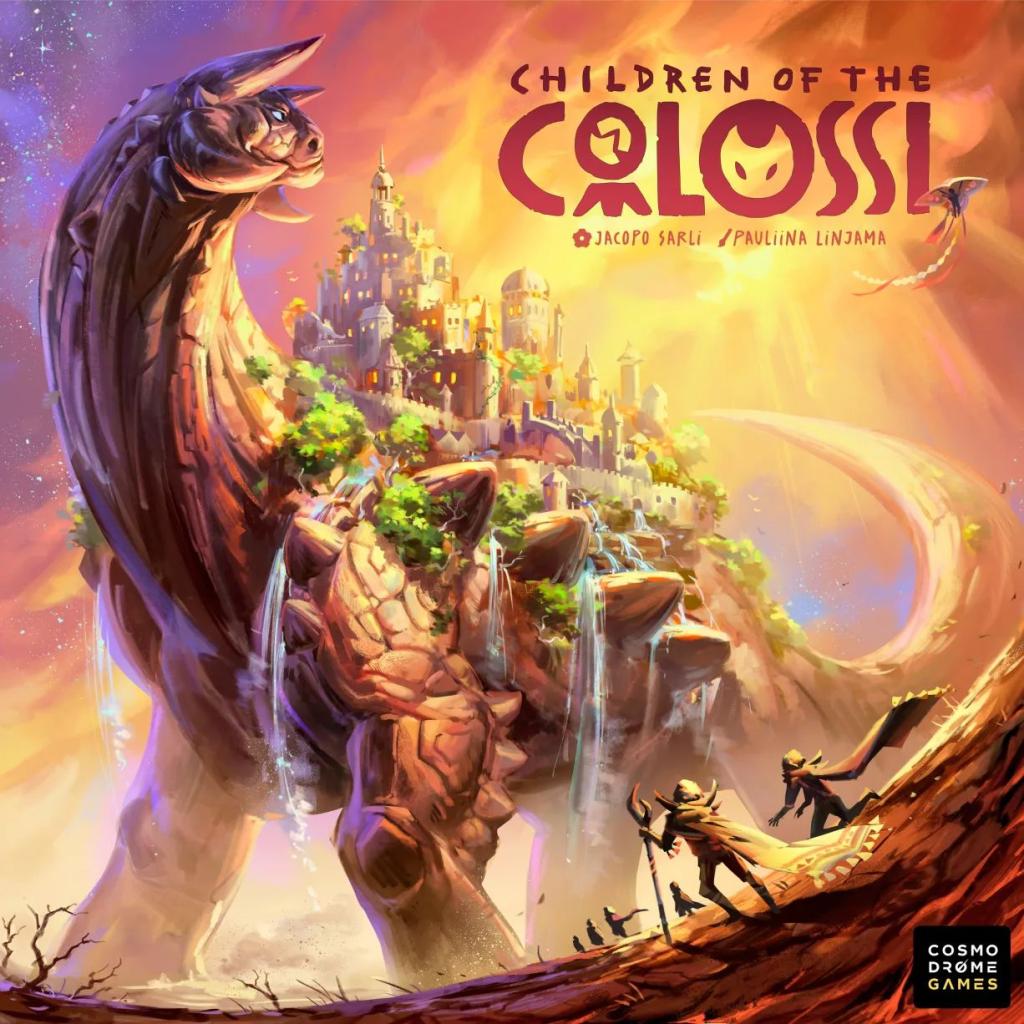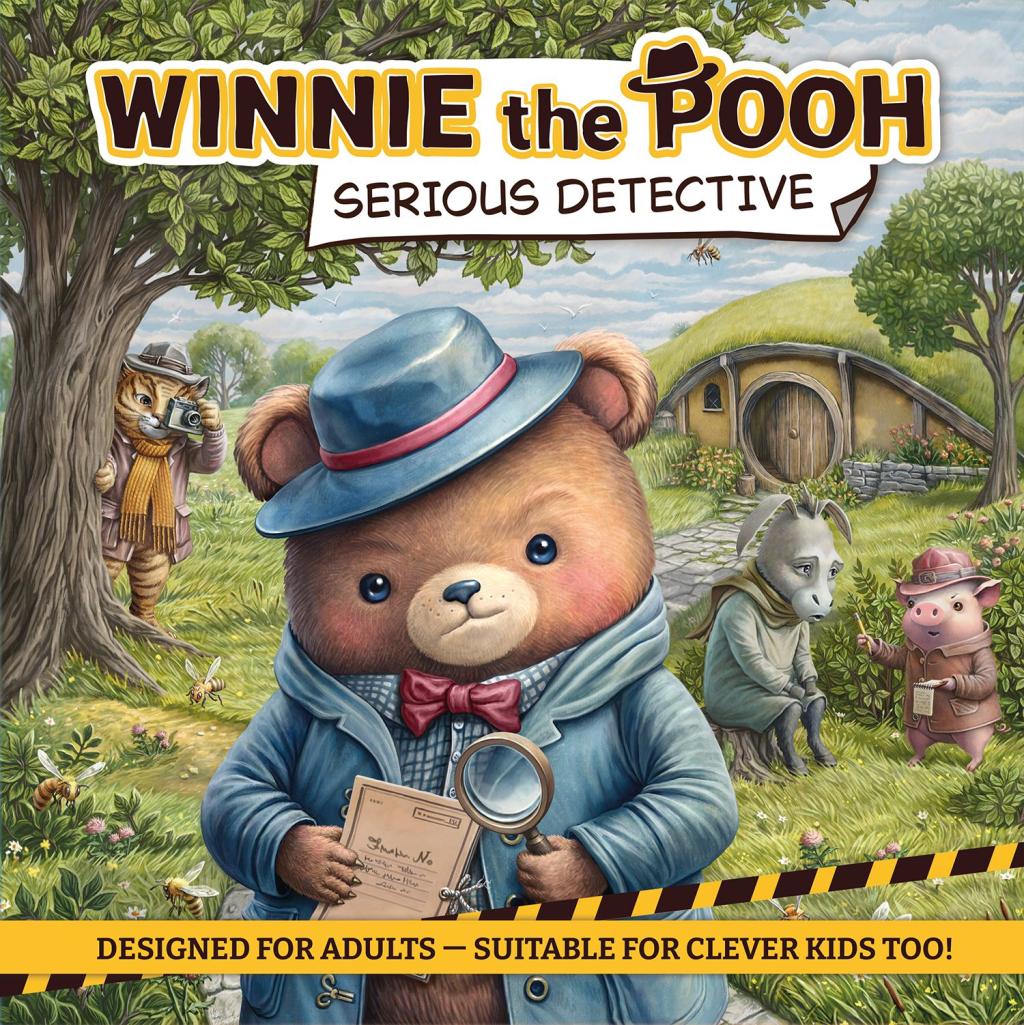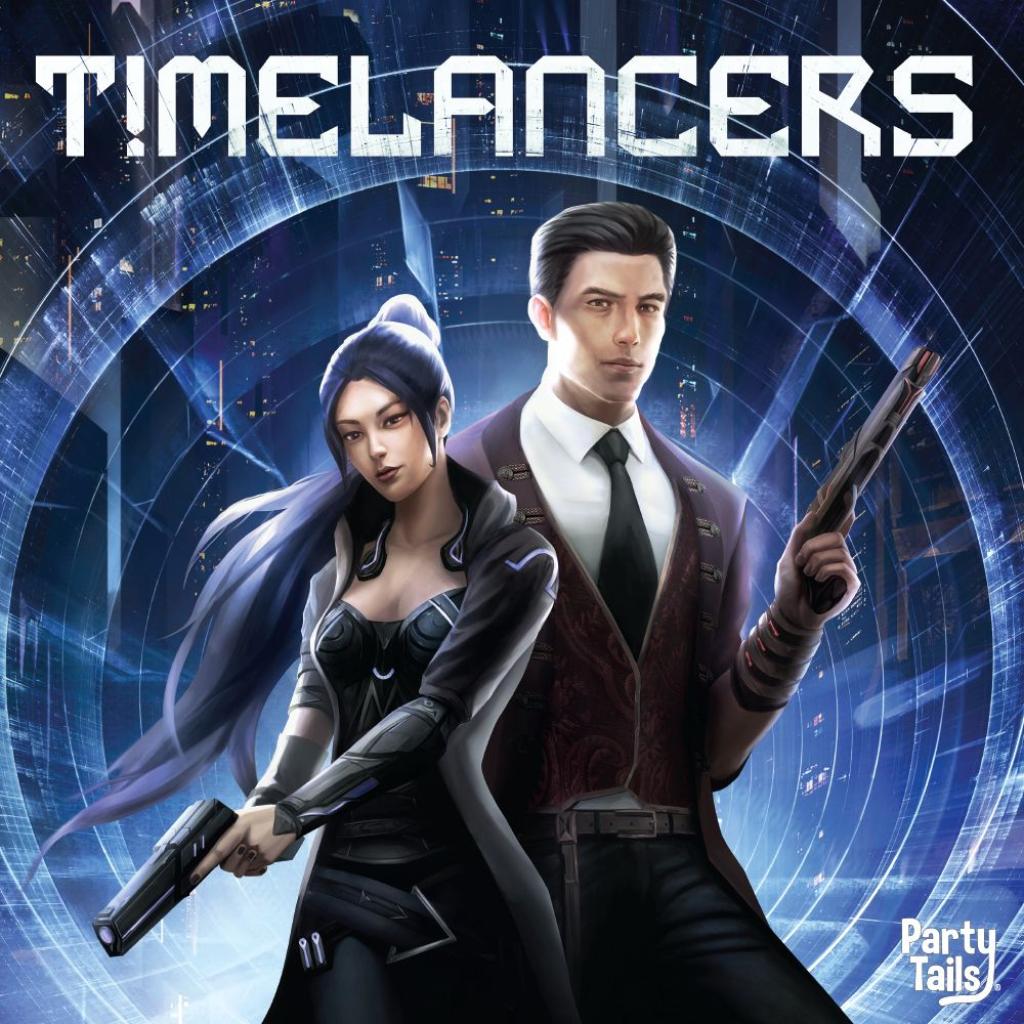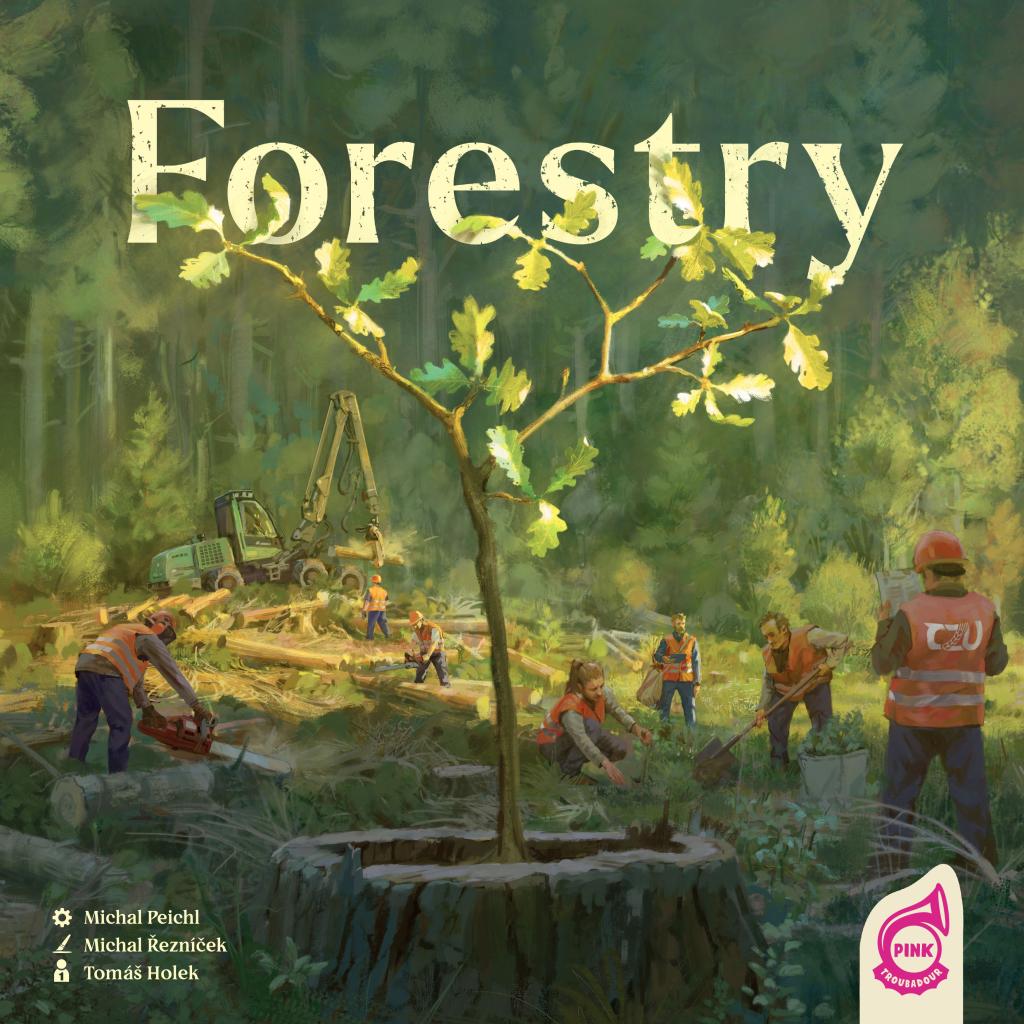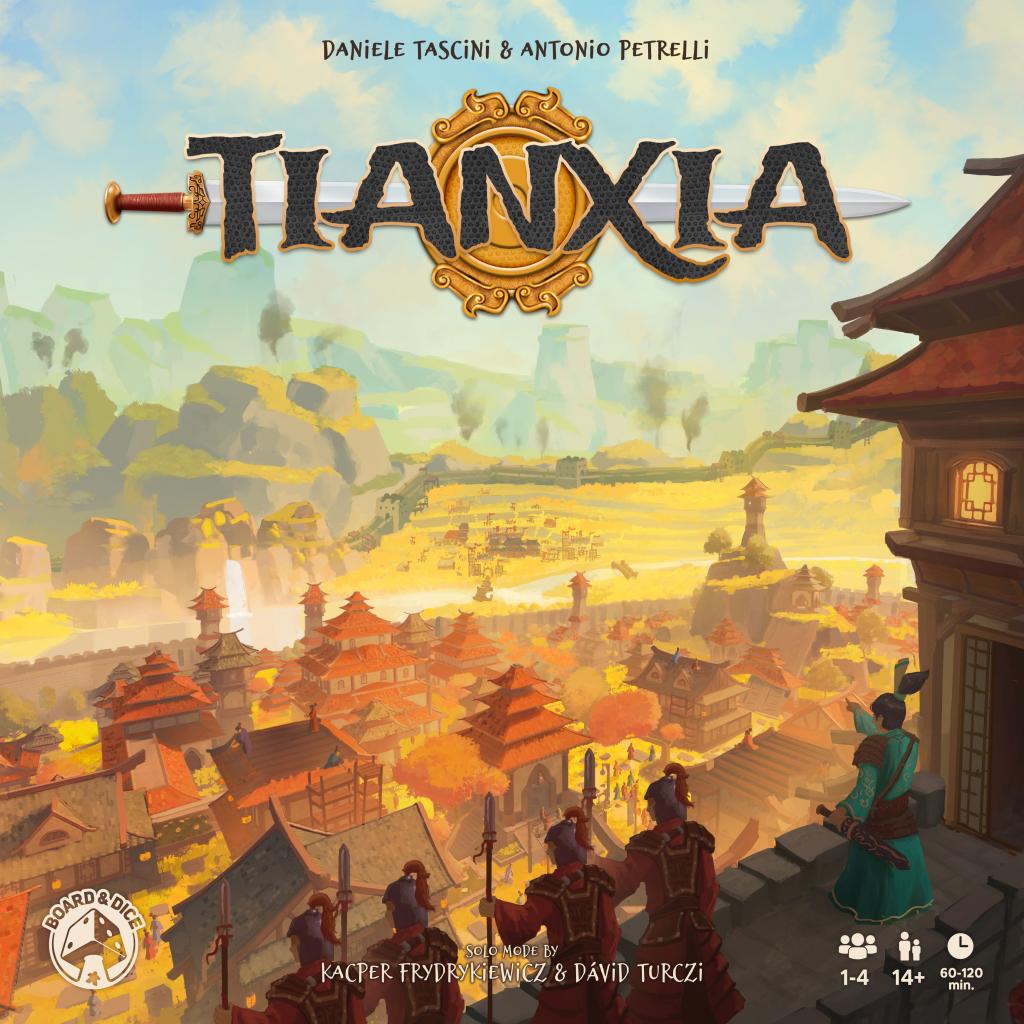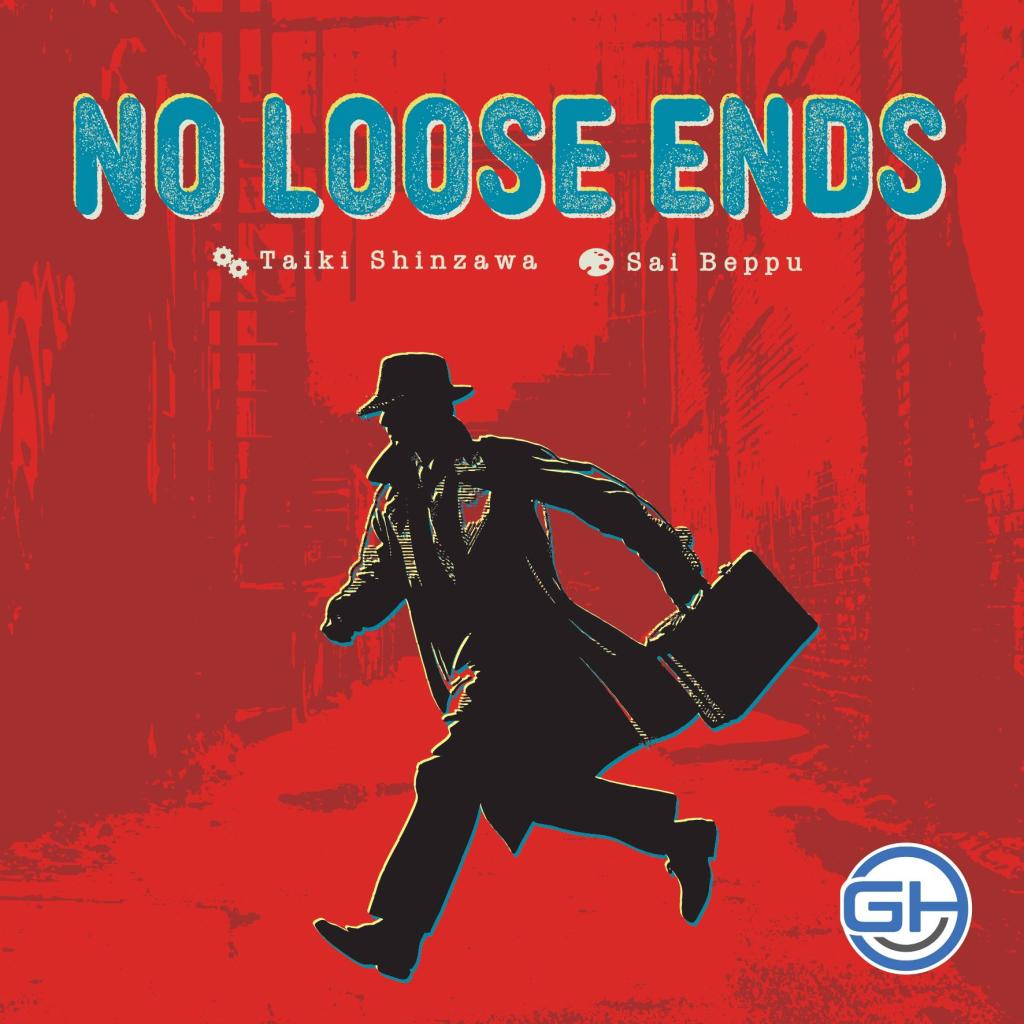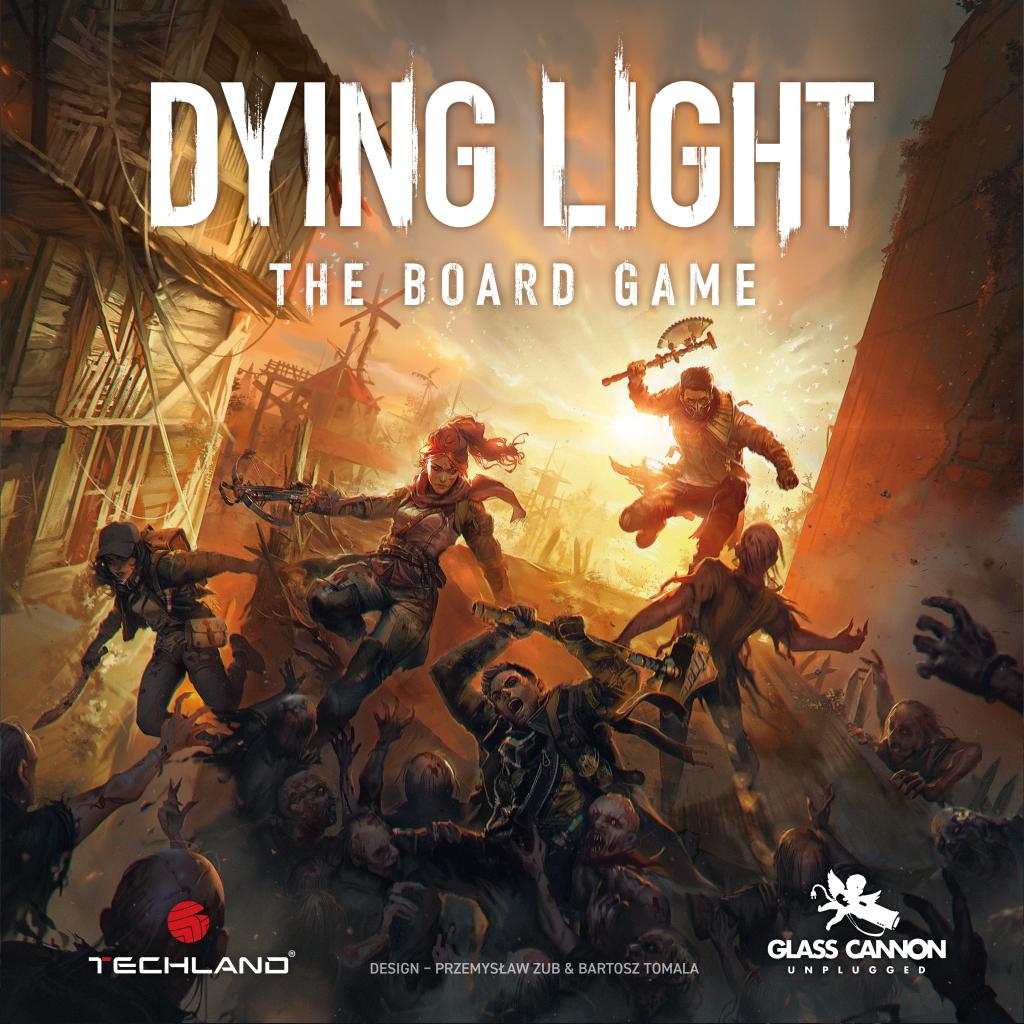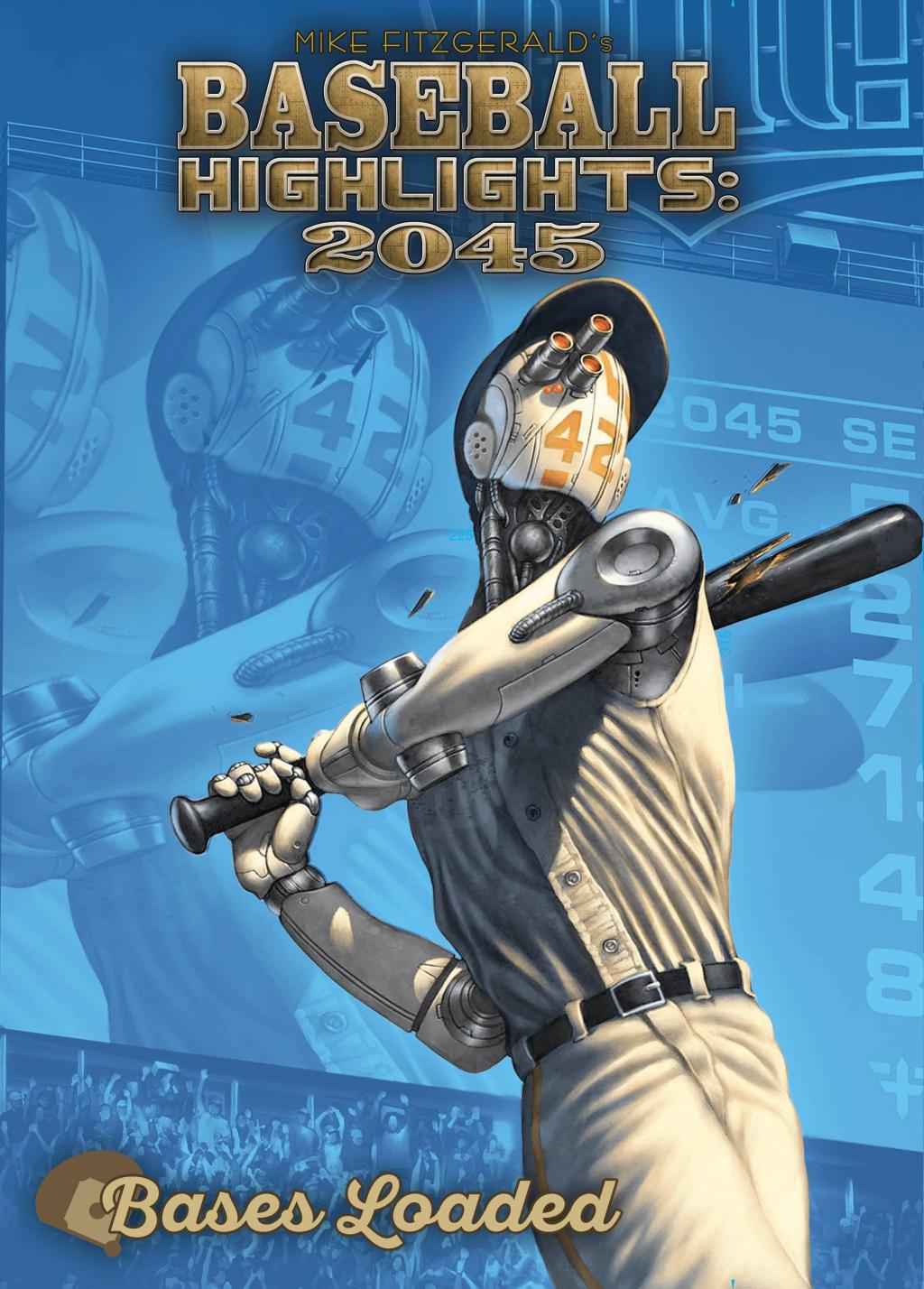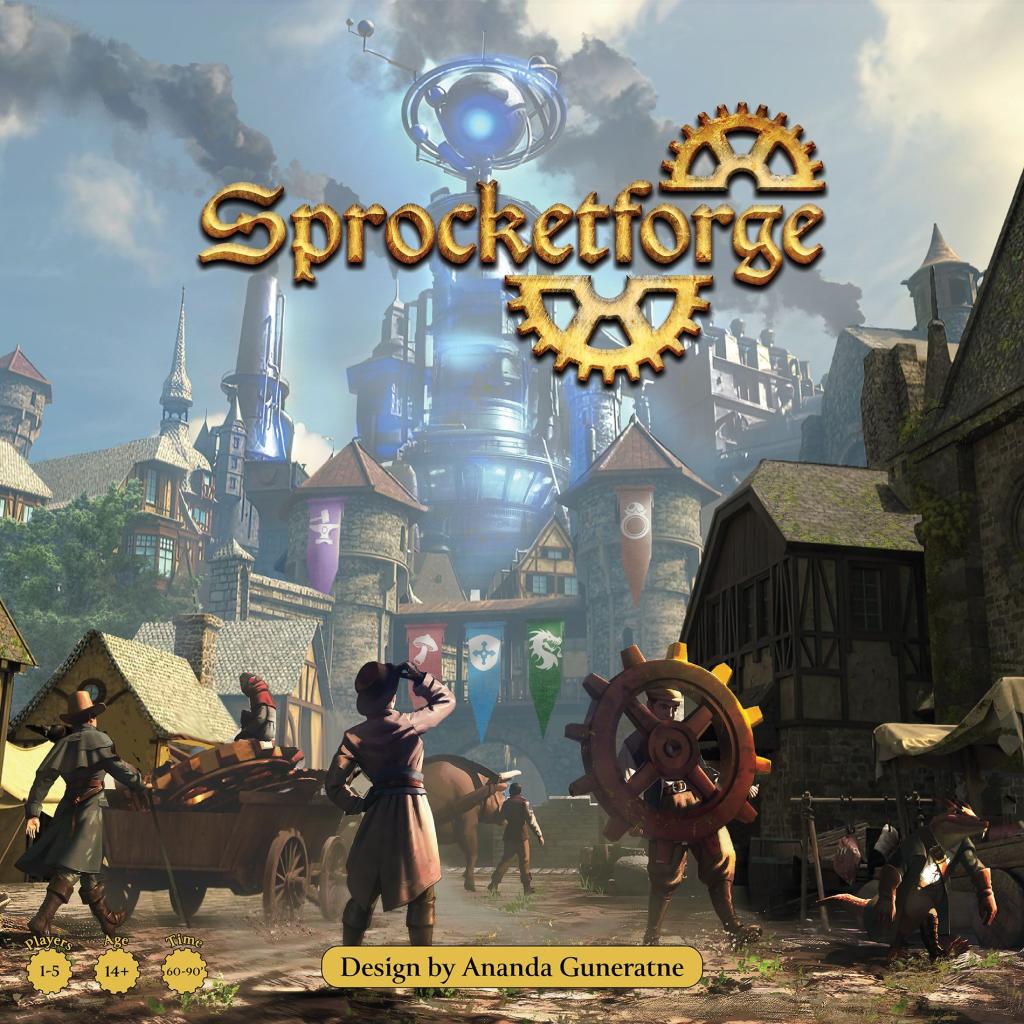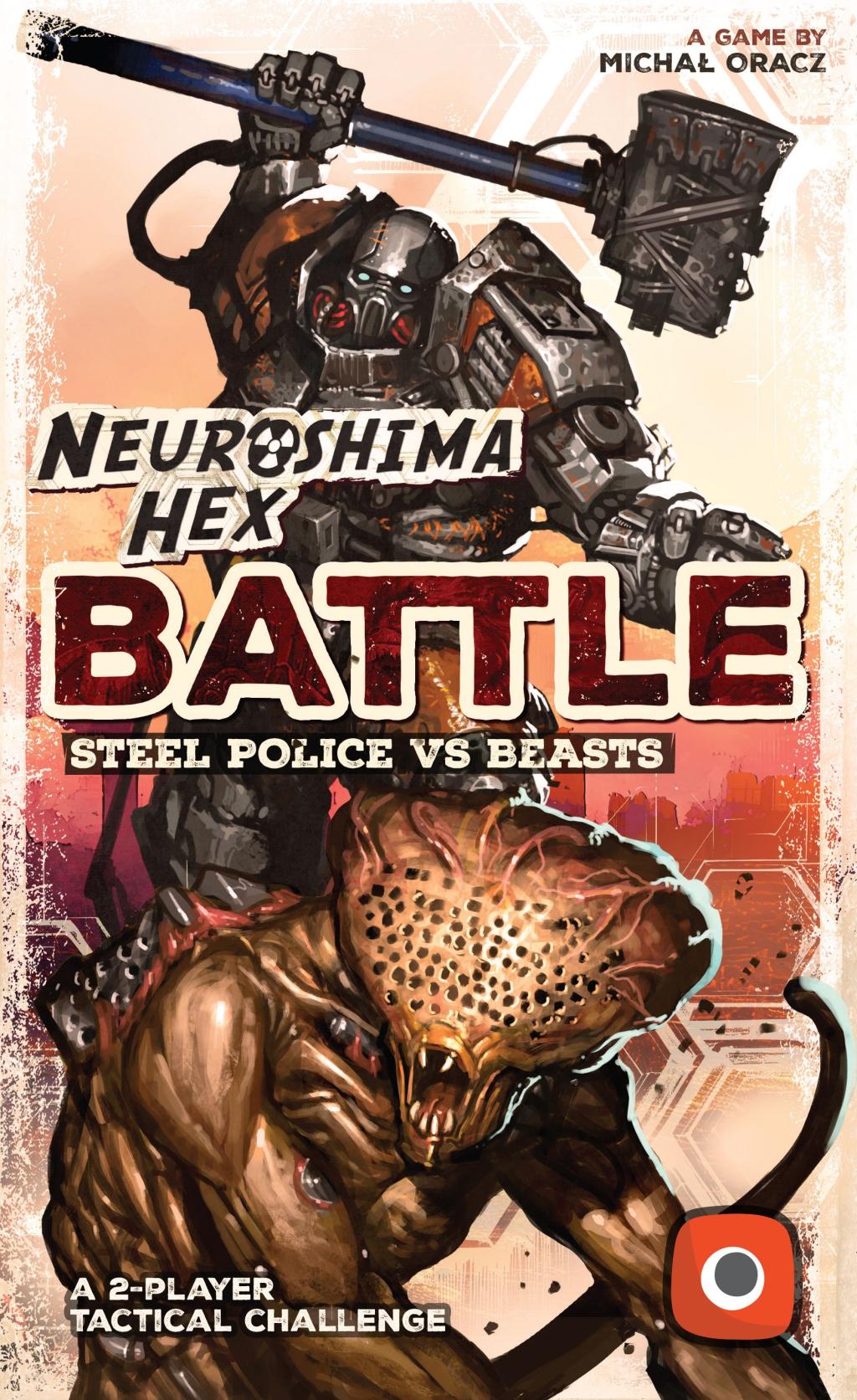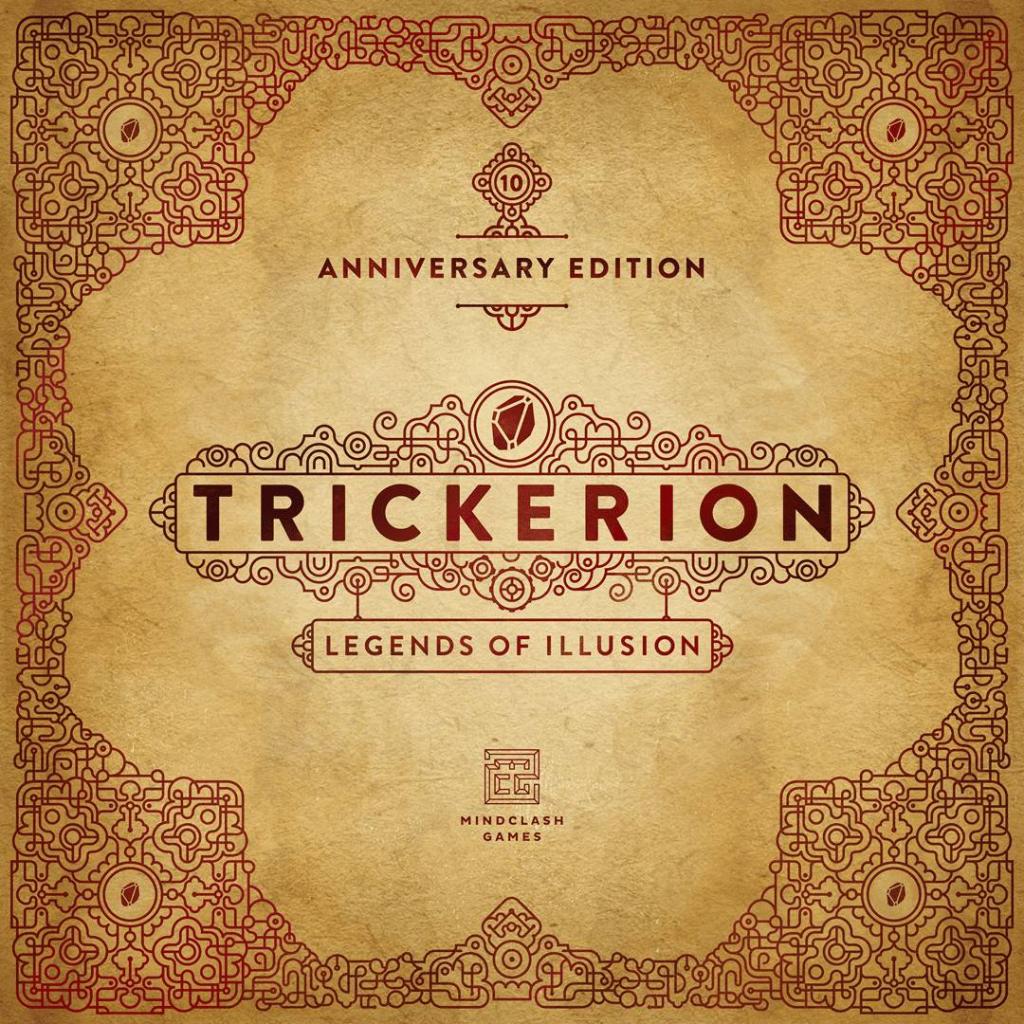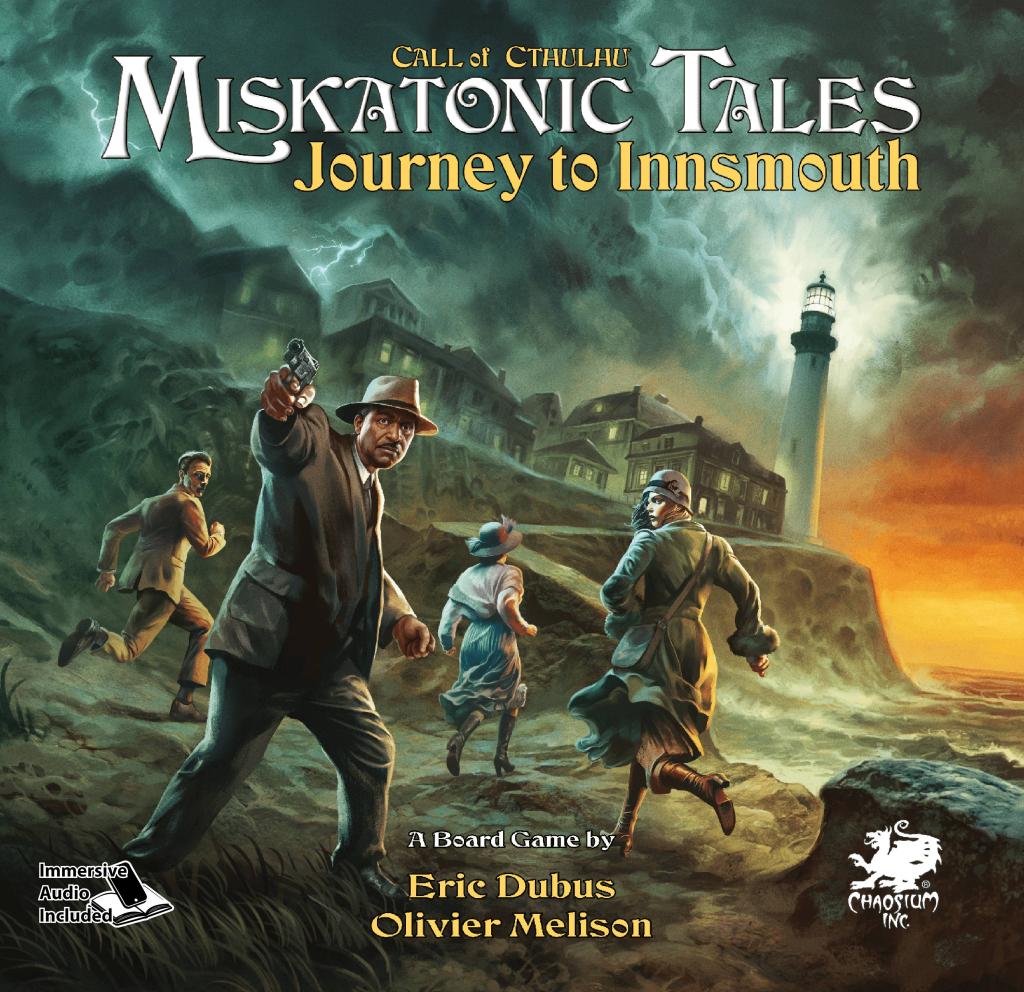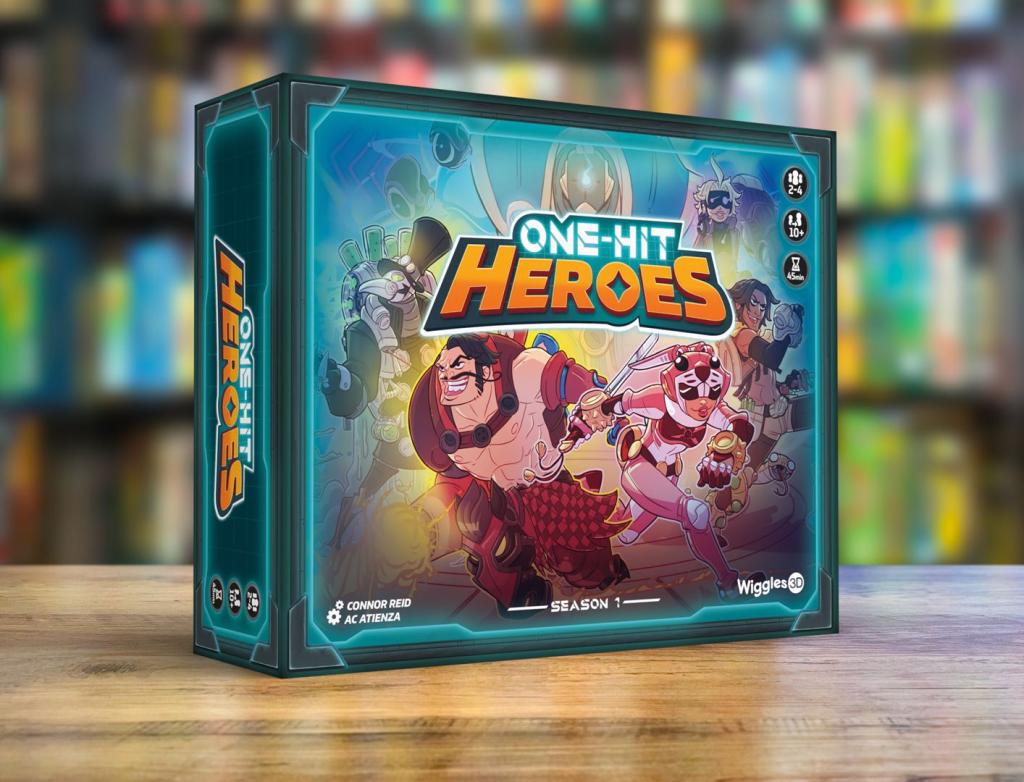Originální popis hry
Před čtyřmi tisíciletími byl na východním břehu Nilu položen základ chrámu Amon-Ra. V průběhu dvou tisíc let byl chrámový komplex postupně rozšiřován a stal se všeobecně známým jako "Nejvybranější z míst" (Ipet-Isut), pyšnící se největší náboženskou stavbou na světě. Dnes je toto místo známé jako Karnak, který se nachází v Luxoru v dnešním Egyptě.
Přidejte se ke starověkým faraonům při vytváření a rozšiřování jednoho z nejpůsobivějších míst, které svět spatřil a které uctívá egyptské bohy Hora, Ra, Hathor, Bastet, Thotha a Osirise. Musíte pečlivě řídit rovnováhu svých akcí a připravit se na zúčtování s bohyní Maat.
Herní deska ve hře Tekhenu: Je rozdělena na šest částí, z nichž každá je spojena s jedním egyptským bohem: Horus, Ra, Hathor, Bastet, Thoth a Osiris. Uprostřed stojí impozantní obelisk (Tekhenu), který vrhá svůj stín na různé části hrací plochy. V důsledku toho je oblast kolem obelisku rozdělena na slunečné, stinné a tmavé části podle toho, jak obelisk v danou chvíli vrhá svůj stín. V průběhu hry se otáčením slunce mění, které části jsou slunečné, stinné nebo tmavé.
Hra probíhá v několika kolech. V každém kole hráči tahají kostky a provádějí akce spojené s hodnotou kostky a výsečí, ze které byla kostka tažena. Kostky jsou v pěti barvách a každá kostka je považována za čistou, poskvrněnou nebo zakázanou v závislosti na barvě kostky a poloze stínu obelisku. Zatímco Zakázané kostky nesmíte nikdy draftovat, můžete libovolně draftovat jakoukoli jinou kostku, ať už Čistou nebo Znečištěnou.
Při draftování kostek musíte zvážit nejen obecnou dostupnost kostek — pokud v dané sekci nejsou žádné kostky k dispozici, nemůžete snadno provést akci spojenou s touto sekcí — ale také to, jakou hodnotu kostky draftovat. Musíte také zvážit čistotu kostek, které chcete draftovat, protože pokud chcete mít výhodnější pozici v pořadí tahu, musíte vyvážit akce Čistá a Znečištěná kostka.
Při draftu kostky můžete provést akci v závislosti na sekci, ze které jste kostku vzali. Každá z akcí odpovídá jinému egyptskému bohu: Horus, Ra, Hathor, Bastet, Thoth a Osiris. Místo akce boha si můžete zvolit výrobu, při níž generujete suroviny podle barvy a hodnoty kostky, ale dejte si pozor, abyste nevyráběli více, než je vaše výrobní kapacita, protože to je chamtivost a přidává to do vaší rovnováhy poskvrnu!"
Během hry probíhají dvě bodovací fáze, během nichž hráči získávají vítězné body na základě postavených dílen, lomů, budov, soch a sloupů a také na základě štěstí svých lidí a výrobní kapacity svých surovin. Hráči však musí také udržovat zdravé množství zdrojů, aby udrželi své obyvatelstvo, jinak je čekají negativní důsledky.
Automatický překlad
Four millennia ago on the eastern bank of the Nile river was laid the foundation of the Temple of Amun-Ra. Over the course of two thousand years, the temple complex was gradually expanded and became widely known as "The Most Select of Places" (Ipet-Isut), boasting the largest religious building in the world. Today, the site is known as Karnak, located at Luxor in modern-day Egypt.
Join ancient Pharaohs in creating and growing one of the most impressive sites the world has seen, honoring the Egyptian gods Horus, Ra, Hathor, Bastet, Thoth, and Osiris. You must carefully manage the balance of your actions, preparing for the reckoning by the goddess Maat.
The game board in Tekhenu: Obelisk of the Sun is divided into six sections, each associated with an Egyptian god: Horus, Ra, Hathor, Bastet, Thoth, and Osiris. In the center stands an impressive obelisk (Tekhenu) that casts its shadow onto different parts of the board. As a result, the area around the obelisk is divided into sunny, shaded, and dark sections, depending on how the obelisk casts its shadow at that particular moment. As the game progresses, the sun's rotation alters which sections are sunny, shaded, or dark.
The game takes place over multiple rounds. Each round, players draft dice and perform actions associated with the value of the die and the section from which the die was drafted. Dice come in five colors, and each die is considered Pure, Tainted, or Forbidden depending on the color of the die and the position of the obelisk's shadow. While you may never draft Forbidden dice, you are free to draft any other die, whether Pure or Tainted.
As you draft the dice, you must consider not only the general availability of dice — if no dice are available in a given section, then you cannot readily perform the action associated with that section — but also which value die to draft. You must also consider the purity of the dice to draft, as you must balance your Pure and Tainted actions if you want to have a more favorable position in turn order.
When you draft a die, you can perform an action depending on the section you took the die from. Each of the actions corresponds to a different Egyptian god: Horus, Ra, Hathor, Bastet, Thoth and Osiris. Instead of a god action, you can choose to produce, generating resources based on the color and value of the die, but beware of producing in excess of your production capacity, as this is Greed and adds Taint to your balance!
Two scoring phases occur during the game, during which players earn victory points based on the workshops, quarries, buildings, statues and pillars they have built, as well as the happiness of their people and production capacity of their resources. However, players must also keep a healthy amount of resources around to sustain their population or they suffer negative consequences.



